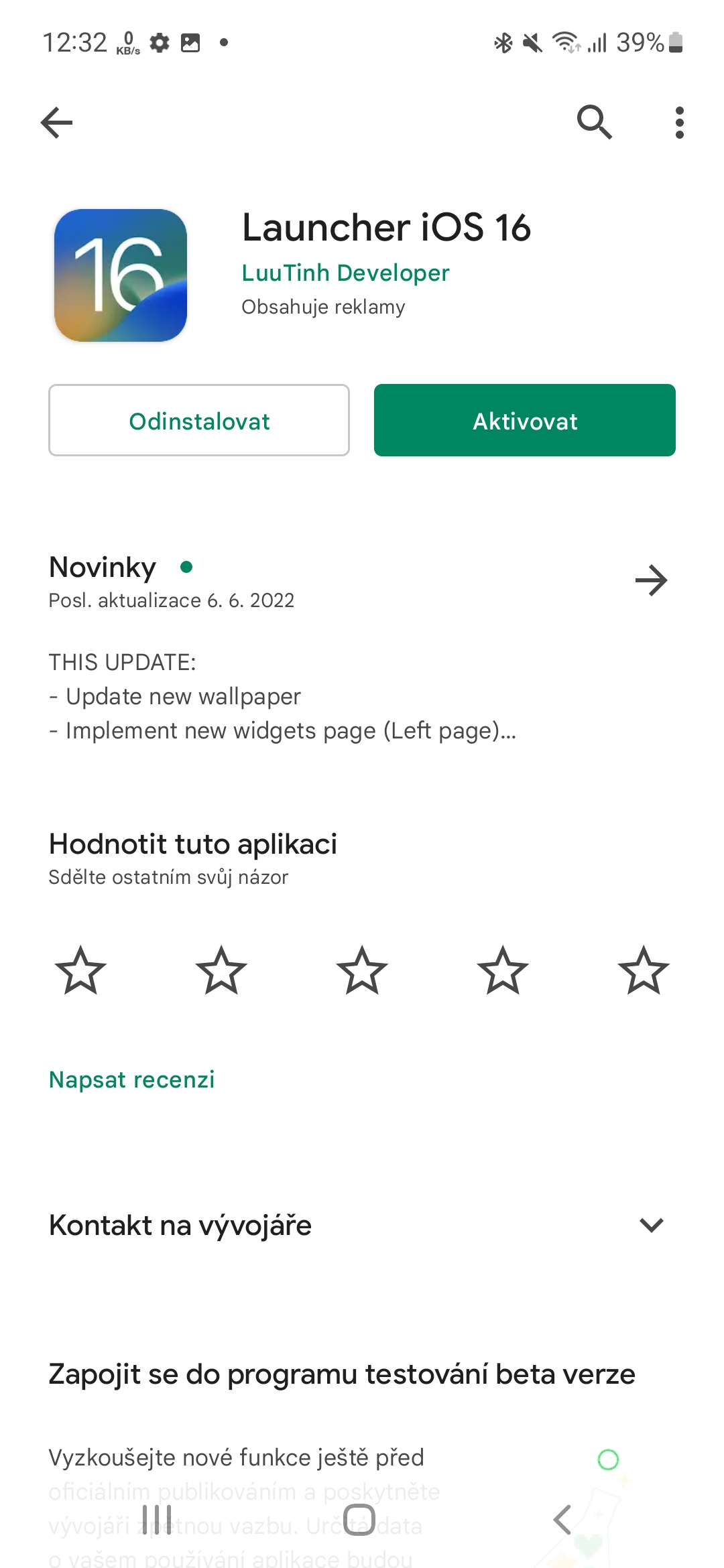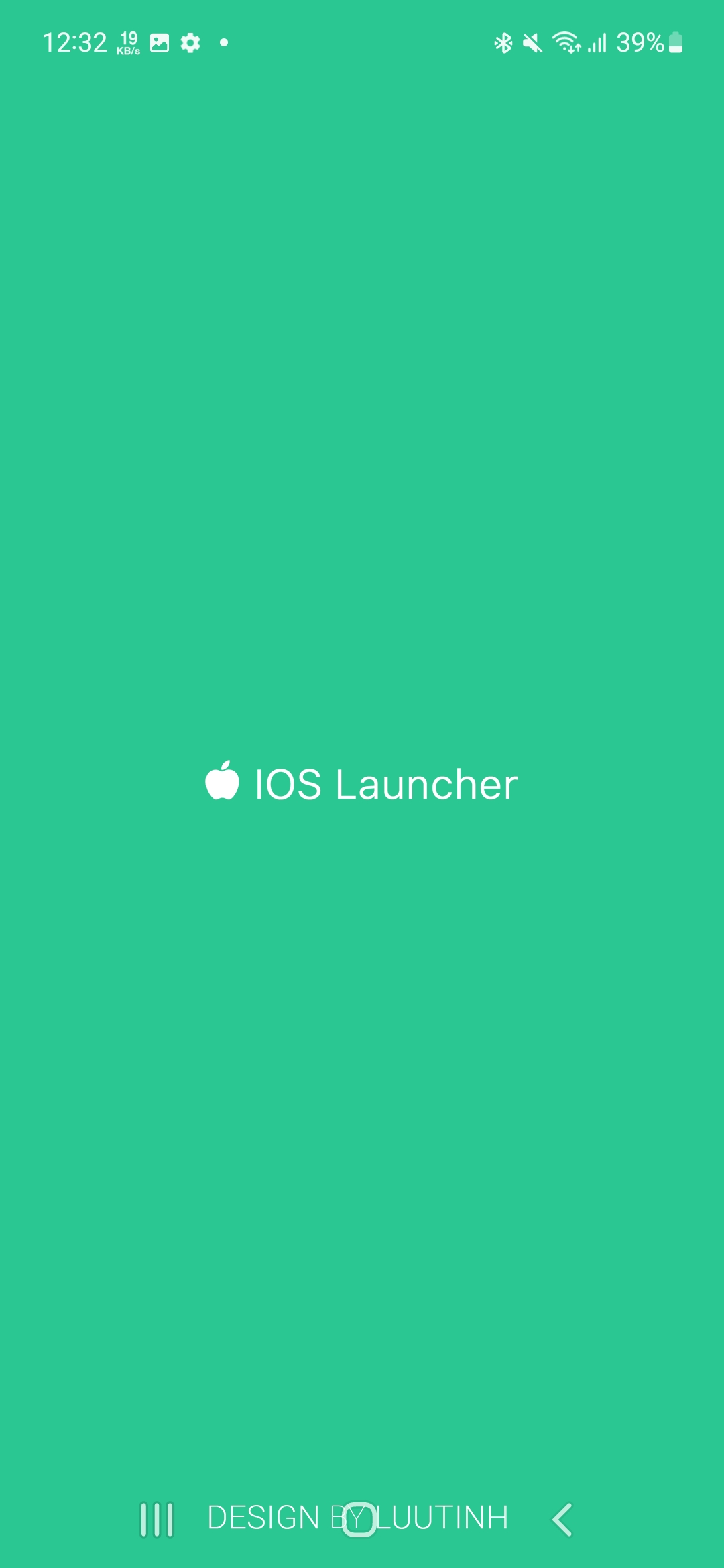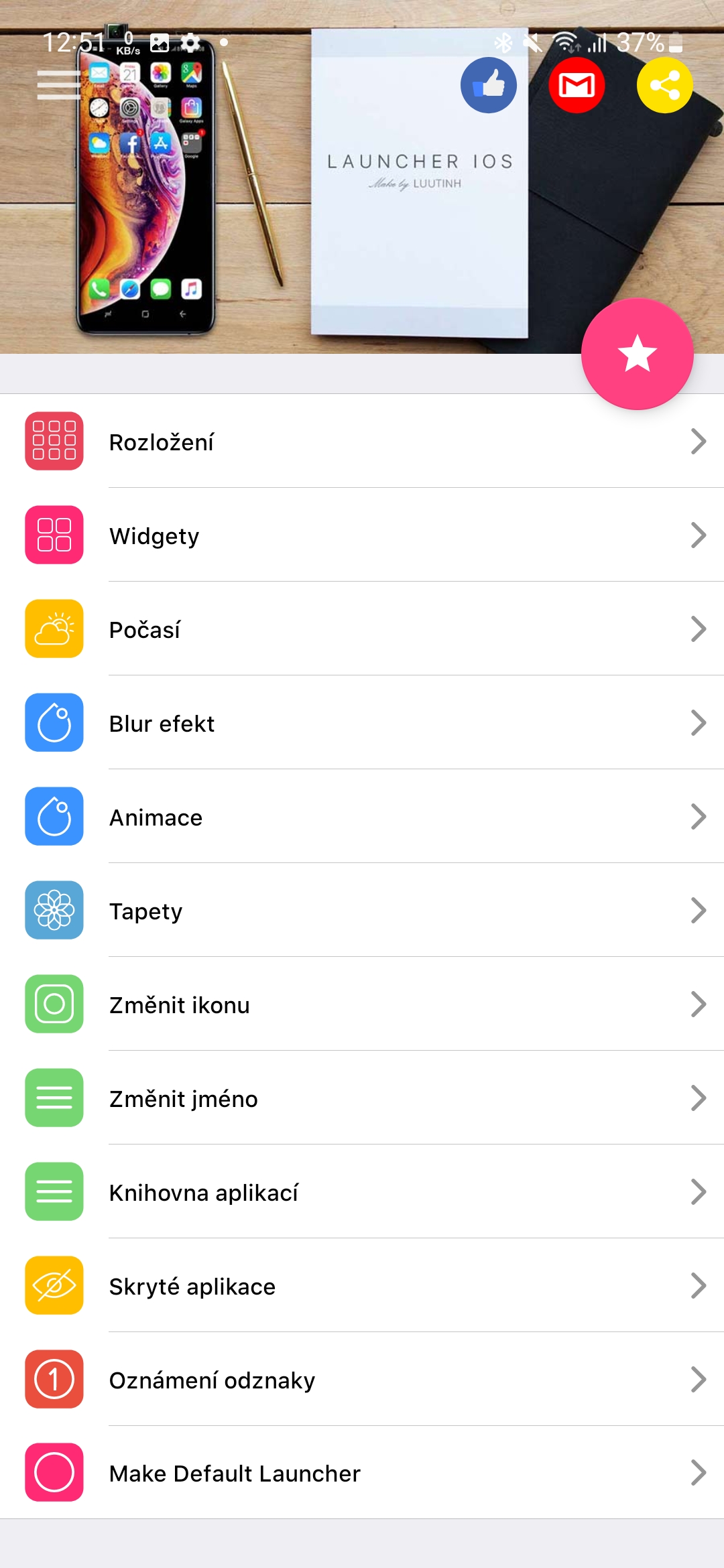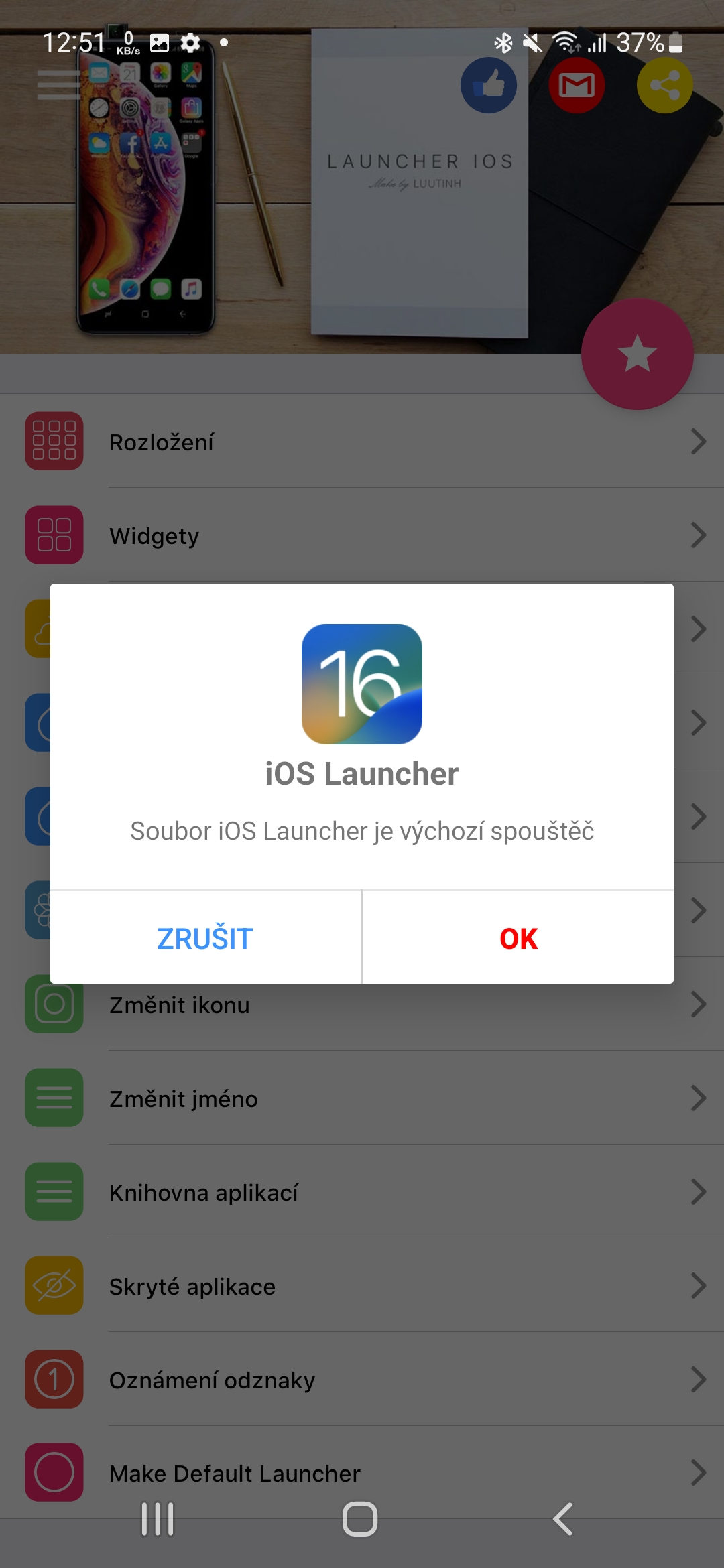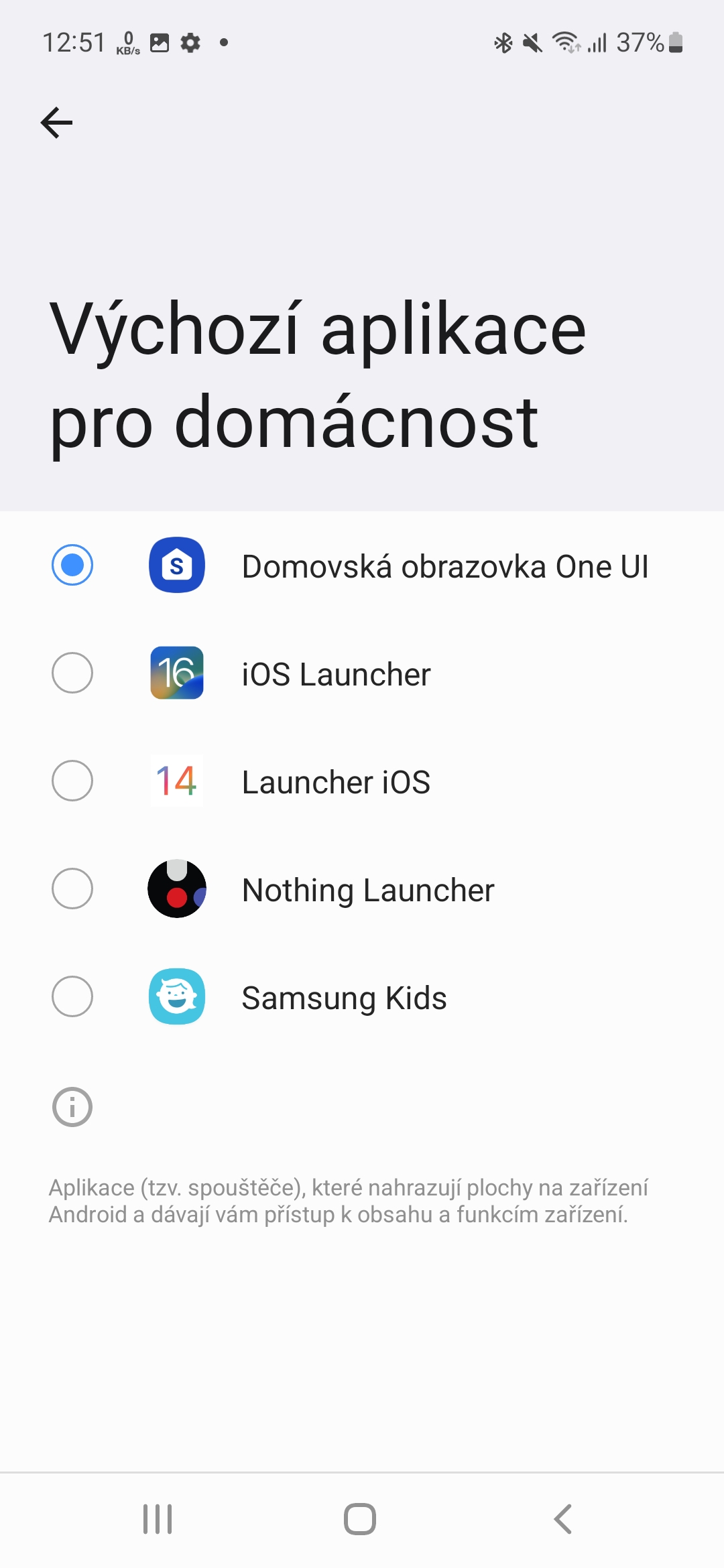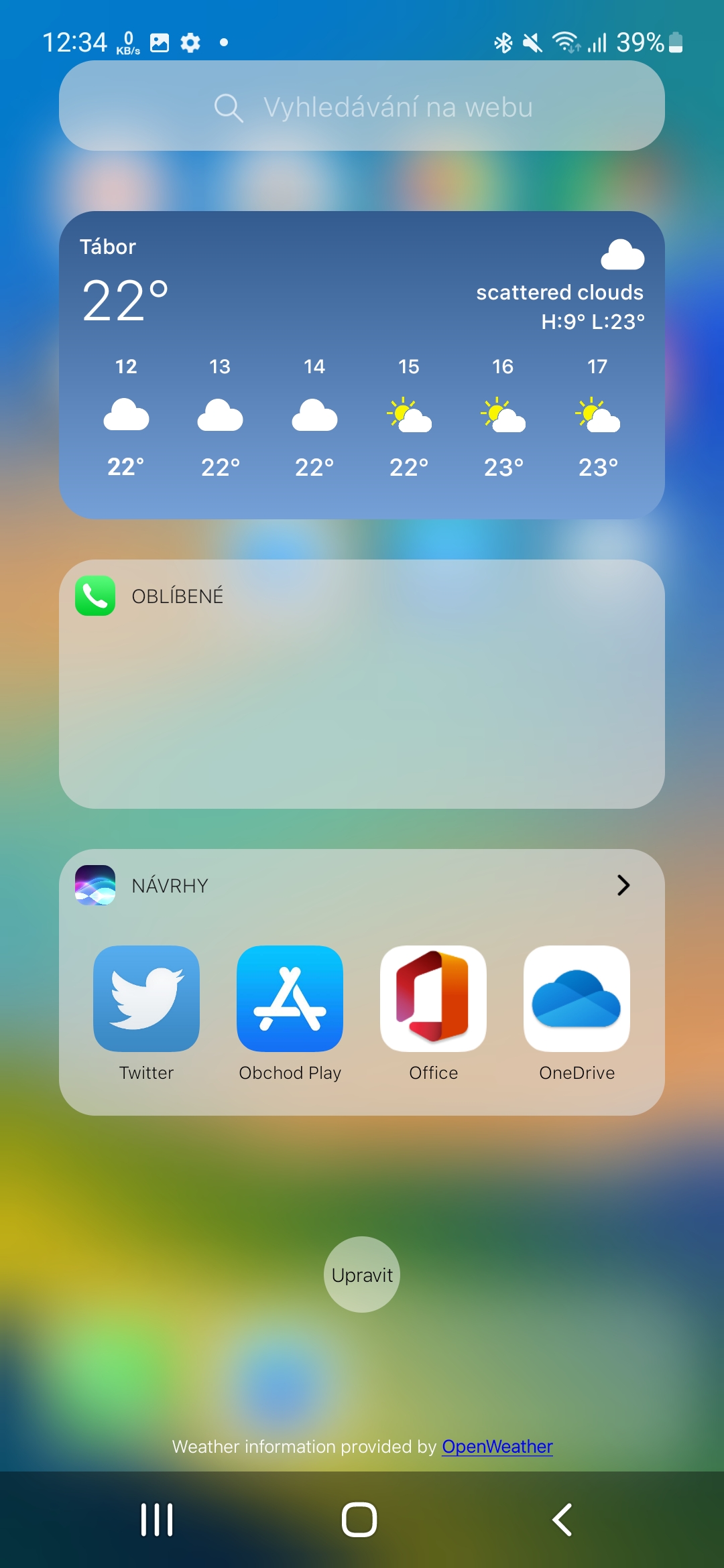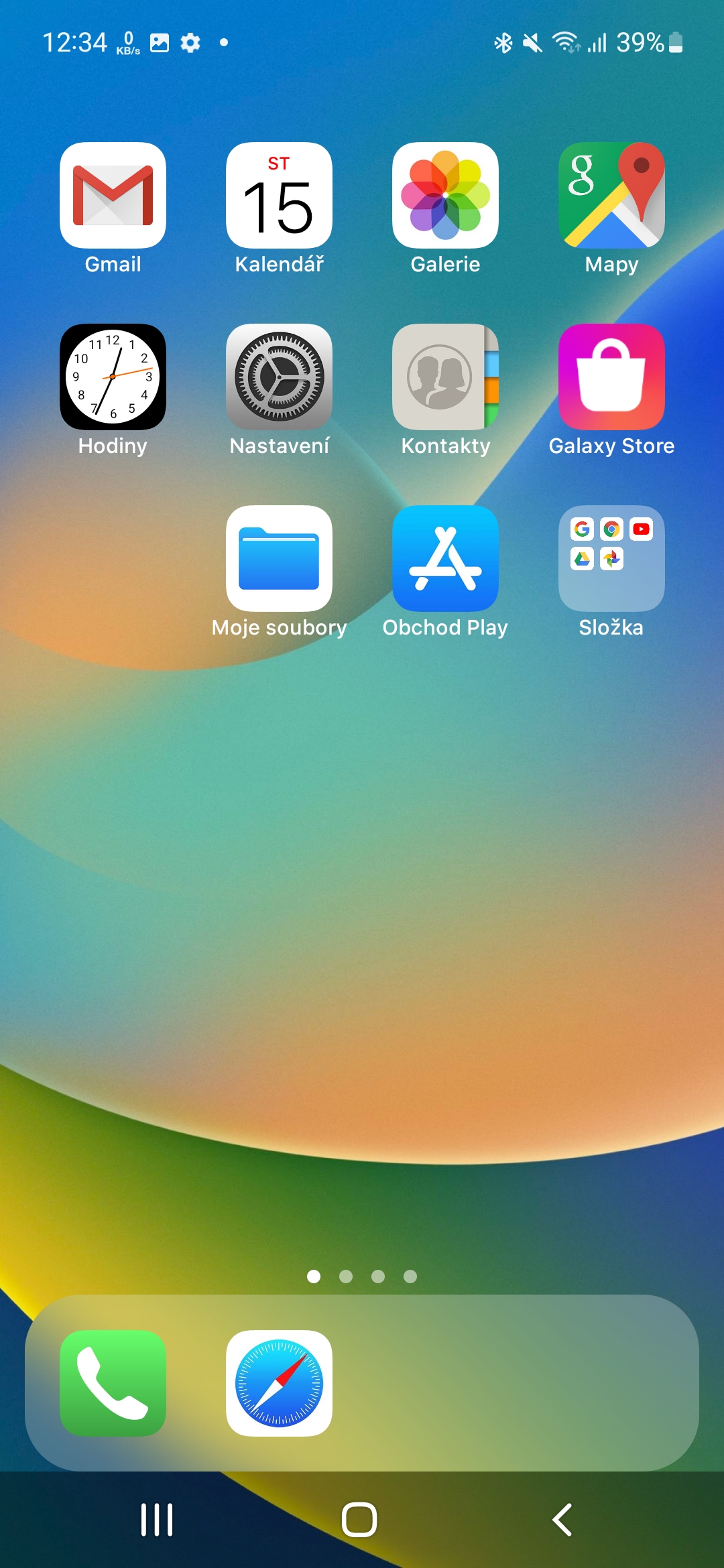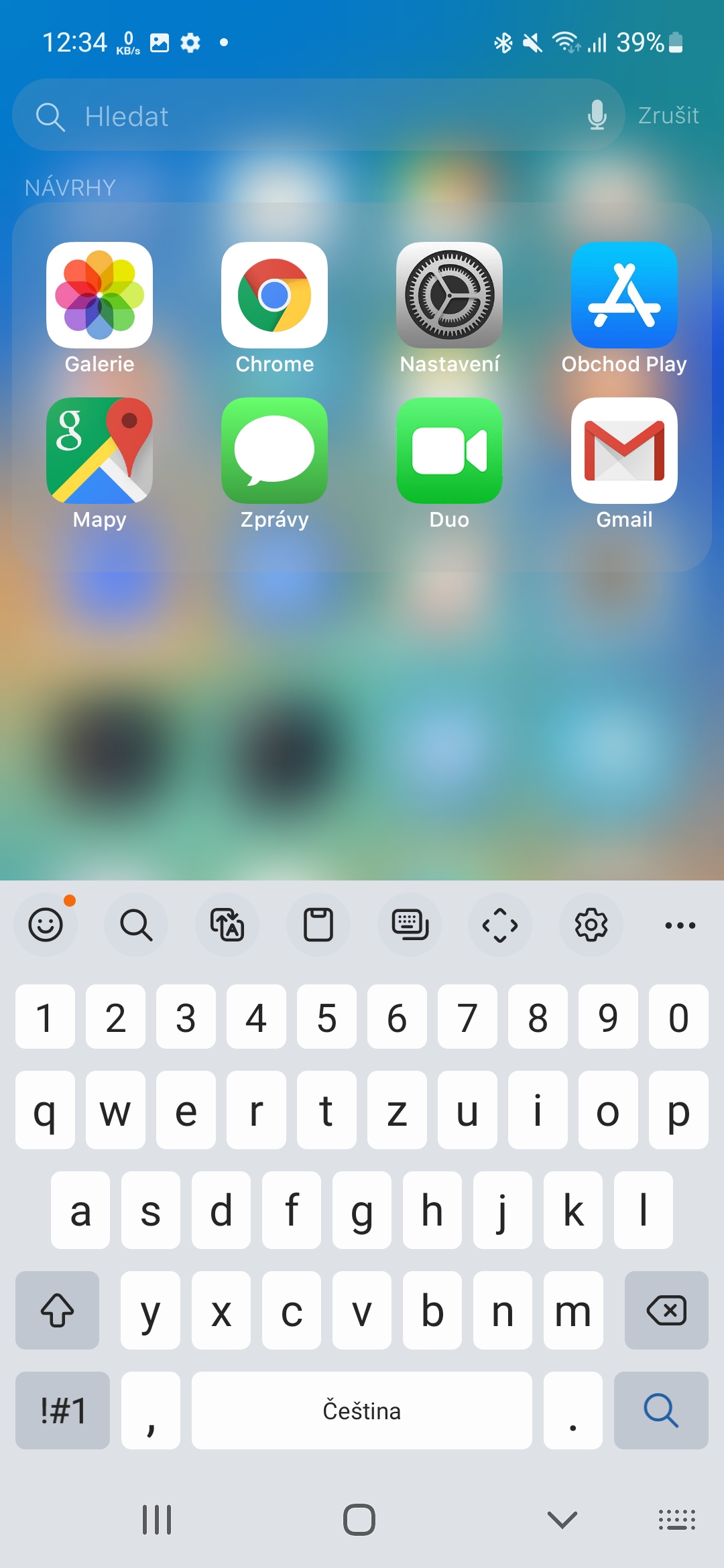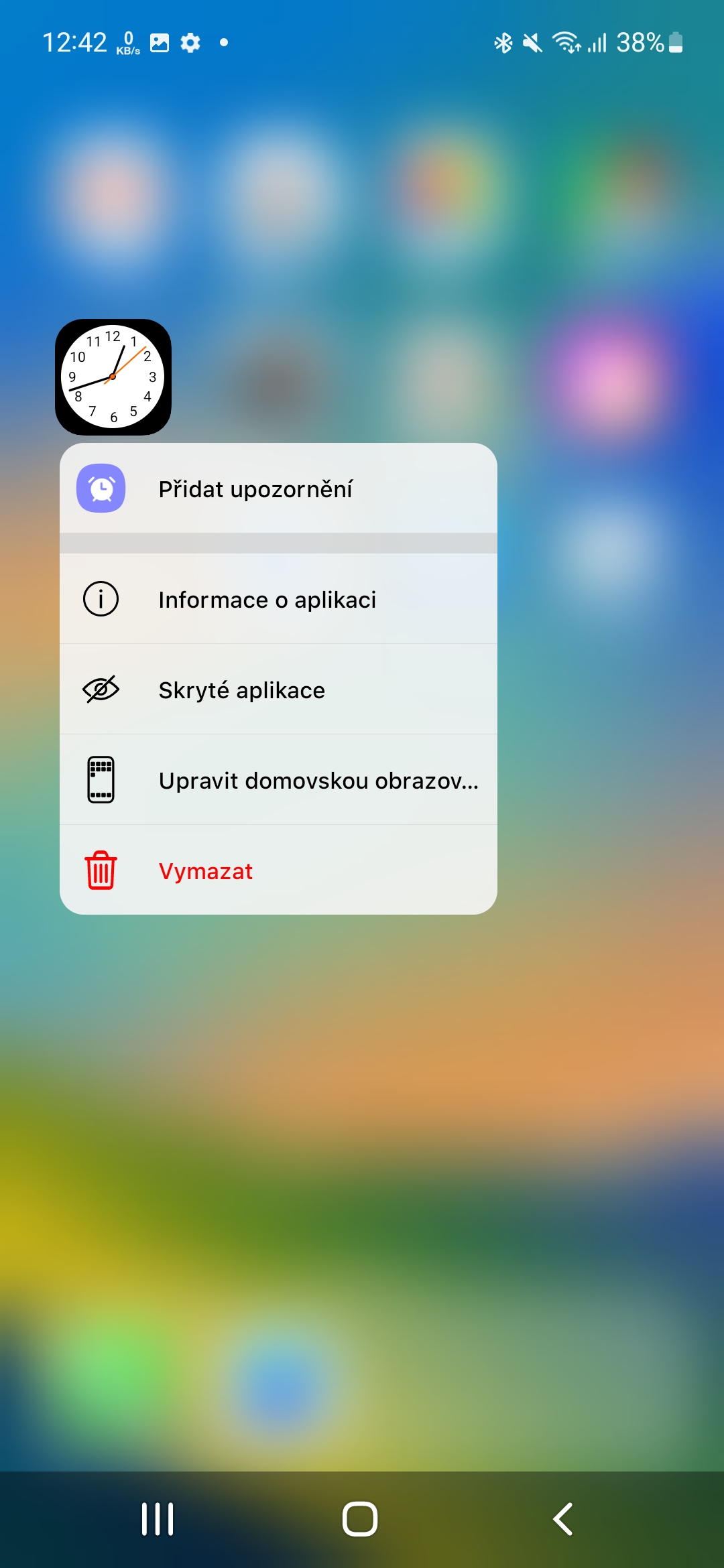Although the final version of the system Android 13 to come, Google developers never sleep. It can be assumed that they already have plans for the next one Android 14. Now that we know what all the functions are Android 13 will bring, we can compile a list of several functions that unfortunately did not make it into the currently prepared version. That's why we bring you 5 things we want in Androidin 14
As a reminder, we will focus here on Google's approach. Several options and functions listed below may already be part of add-ons Androidin devices of other manufacturers, or which are already included Androidu were and were later removed.
You could be interested in
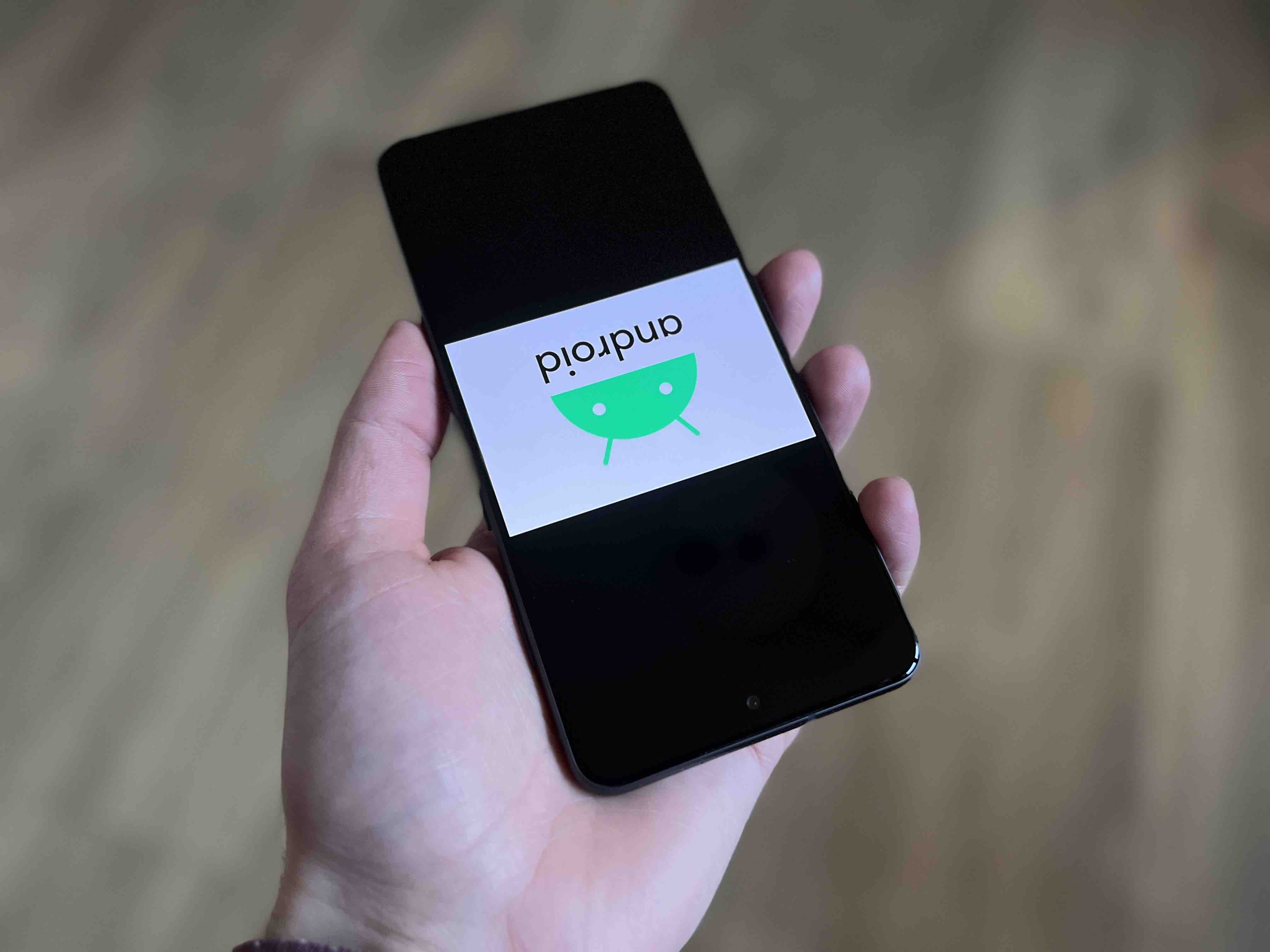
The return of dedicated Wi-Fi and cellular switches
V Androidat 12, Google decided it was time to spring clean the Quick Settings toggles. In doing so, the company has combined Wi-Fi and mobile data capabilities into a single all-encompassing "Internet" switch. Not only is the switch itself just plain confusing, but it also makes simple processes like quickly disconnecting and reconnecting to a broken Wi-Fi network a pain. Unfortunately, this is something that many users have to do on a daily basis. In the case of a mobile signal, you will still get to places where its strength is worse than bad and unnecessarily steals energy from your battery. But turning it off again involves too many steps.

Lock screen widgets
Apple revealed the new iPhone lock screen at this year's WWDC22 conference, and if you've been using a phone with Androidum, she should look a little familiar to you. The Cupertino company introduced the possibility to add widgets to the lock screen, complete with a lot of impressive personalization options. Once upon a time Android already supported widgets on the lock screen, until version 4.4 (KitKat), when it was possible to add widgets of your choice to the lock screen (on phones Galaxy it is in some respect possible even now).
You could either replace the clock at the top of the screen, or add the widget to a separate panel that you accessed by just swiping to the right. However, this system was rather informative and did not contain many useful features. So it would be necessary to work on the visuals and the very possibilities of the tools displayed in this way. While you might be wondering why Google would bring back a feature it apparently retired a long time ago, it wouldn't be the first time that Apple breathed new life and function Androidu, who passed away some time ago. The same thing happened when iOS introduced support for widgets for the first time, as Google suddenly became more interested in the concept again. Following his example, he redesigned the functioning of widgets in Androidu 12 and introduced completely redesigned custom app widgets.
You could be interested in
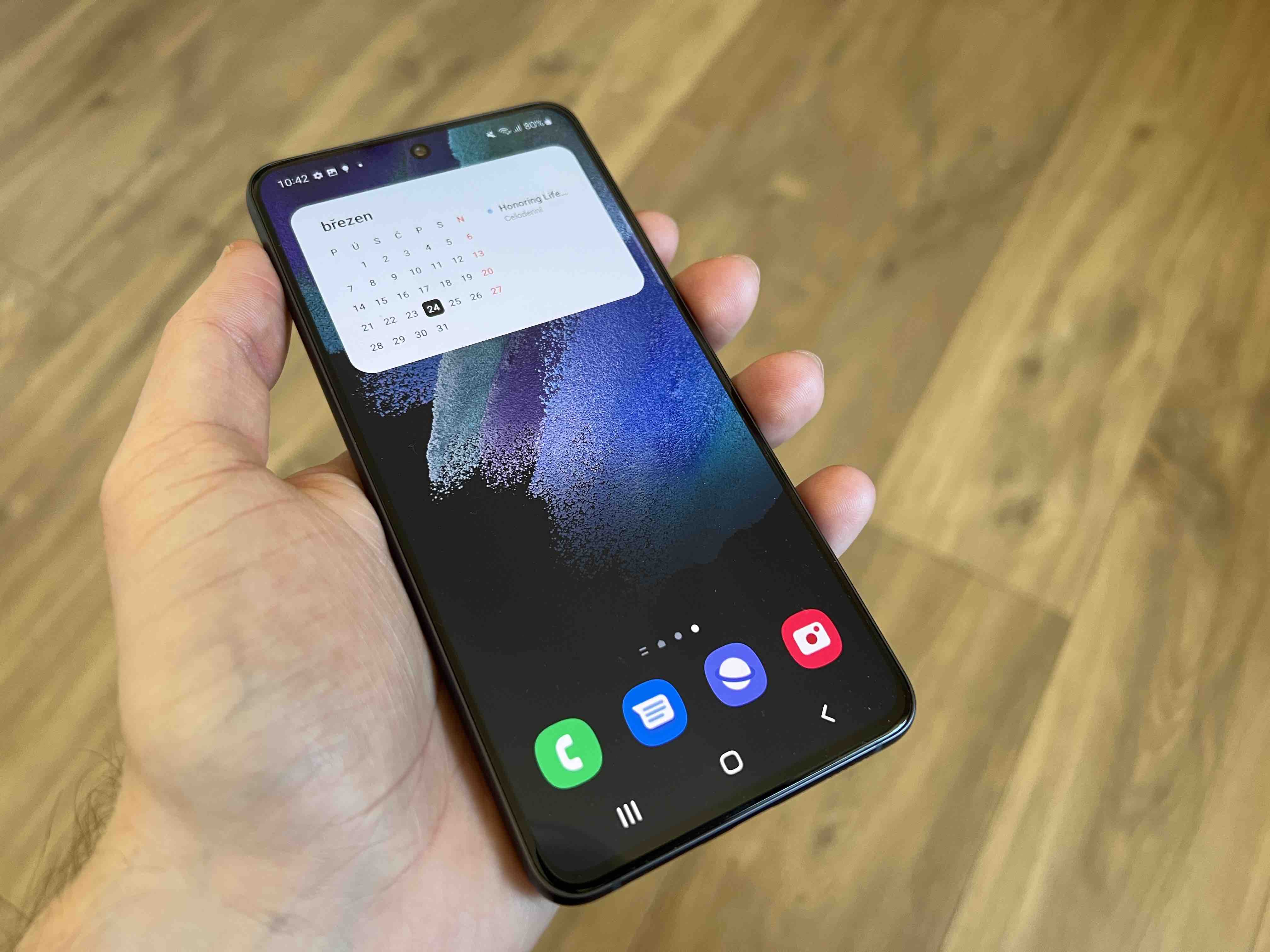
Smooth third-party launchers
Since Google introduced to Androidu 10 navigation using gestures, third-party launchers are lacking. This is because the default pre-installed launcher is much more deeply integrated with the system than it used to be, to allow for smooth transitions between the home screen and apps. Third-party launchers simply don't have the same permissions as the pre-installed one, so you're left with two options: Either stick with the one that came with the phone, which may lack some of the features you'd like, or suffer through inconsistent animations in exchange for more advanced customization options. It would be ideal if he gave Android 14 third-party launchers the ability to engage more deeply with the system when they areu set as the default option, though it's understandable that Google might be wary due to security concerns.
Navigation bar in applications
On the phones iPhone and on Apple's iPad tablets, the navigation bar feels natural and is deeply integrated as part of the system and applications, but in Androidfor navigation, gestures still collide in many applications - especially in the way that navigation panel is displayed. Application for Android they often don't render the content behind the navigation bar, leaving a blank space around it. IN iOS and iPadOS won't find this, so you're not artificially robbing yourself of screen size by showing nothing but lines. But would it be a problem to make this element transparent?

Add privacy controls for apps
Apple introduced in the system iOS 14.5 privacy control that forces apps to ask users for consent if they want to track them in other apps so they can create more accurate advertising models. Of course, most people tend to reject such a request immediately, and thus many advertising companies lost access to the necessary data they could previously rely on.
Although we would have such a function in the system Android welcomed, it is highly unlikely that Google would add something as "extreme" as Apple. After all, Google has already made it clear. It is currently working on the Privacy Sandbox feature, which promises to offer the best of both worlds for users and advertisers. The system is supposed to enable personalized ads that take advantage of the system's new functionality, rather than taking care of the tracking itself.
You could be interested in
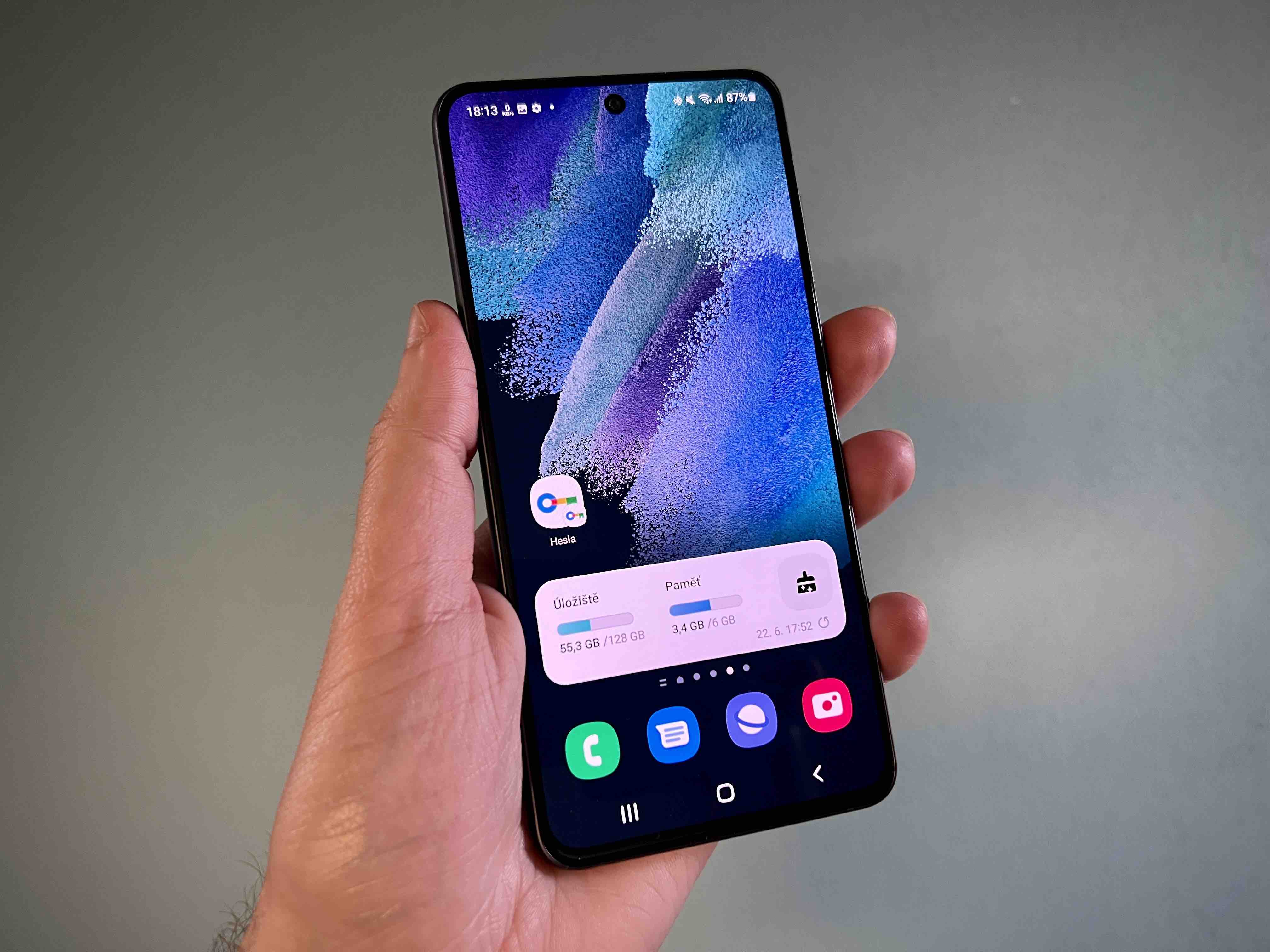
Google is essentially an advertising company, so the drastic solution it offers Apple, would be contrary to his own interests. And even if it did implement such an advanced option, competitors could quickly point out that Google is creating an unfair advantage on its platform, leading to all sorts of legal problems. Nevertheless, we can dream and hope that one day we will be on the platform Android we will really see some serious privacy control.



